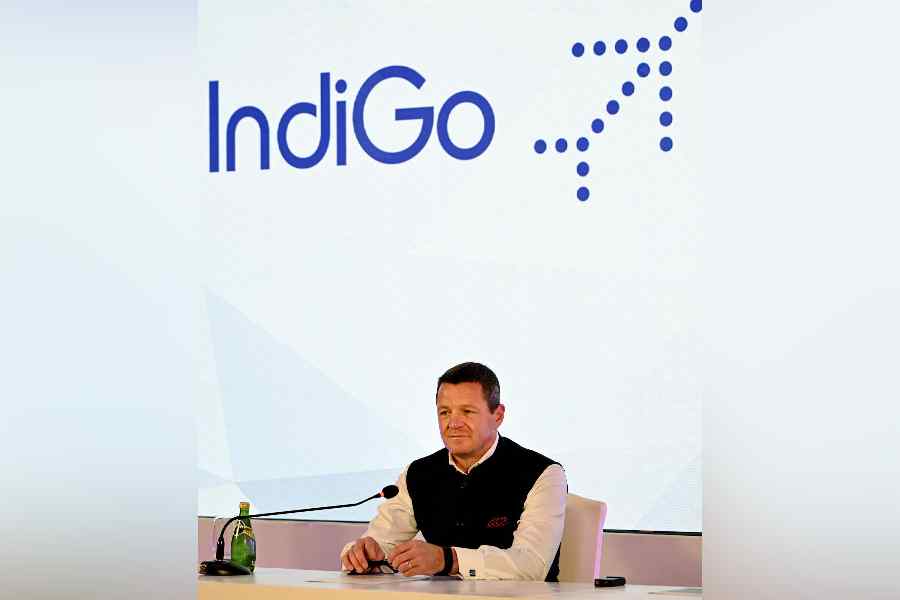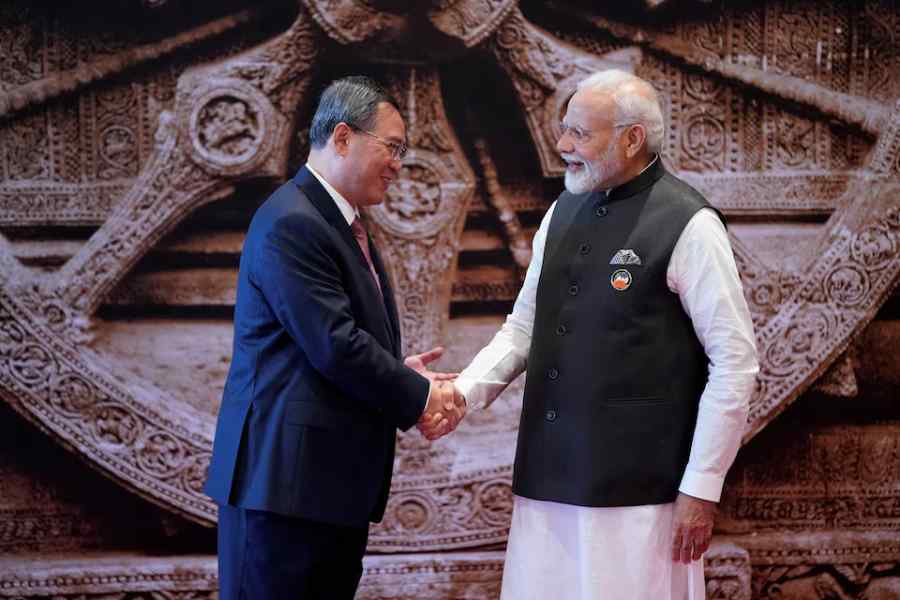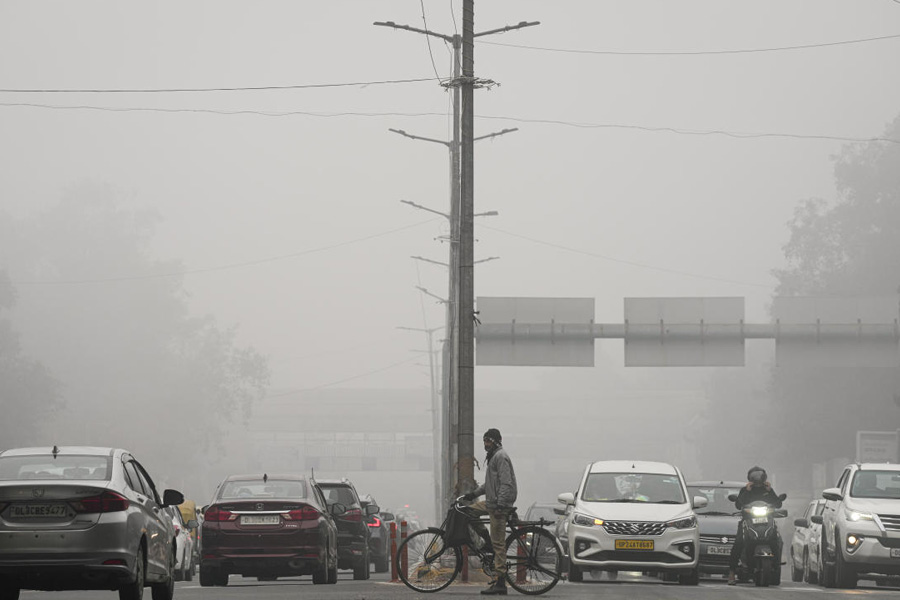 |
| Chief minister Naveen Patnaik reviews the central scheme at secretariat in Bhubaneswar on Monday. Telegraph picture |
Bhubaneswar, April 25: The Orissa government today decided to expedite road connectivity projects under the Pradhan Mantri Gram Sadak Yojana (PMGSY) in the Maoist-affected districts.
The decision was taken at a high-level meeting, chaired by chief minister Naveen Patnaik to review implementation of the central-sponsored rural road connectivity scheme.
In order to enhance road connectivity in the areas affected by the left wing extremism, the norms under PMGSY will be relaxed.
A village or hamlet having a population of 250 and located in the left wing extremism-affected areas and the districts, in which integrated action plan is being implemented, will now be covered under the Pradhan Mantri Gram Sadak Yojana, said a senior official of the Rural Development department.
According to the PMGSY guidelines, a revenue village having 1,000 population is eligible for the road connectivity.
In order to provide road connectivity to villages having less that 1,000 population, the Orissa government has also launched Gopabandhu Gramin Yojana out of its own resources. Under the state-funded scheme, villages having 600 population or above are eligible to have the benefit of road connectivity.
After relaxation of the PMGSY norms, as many as 2,206 habitations in five Maoist-affected districts and 7,444 habitations in 10 districts, covered under integrated action plan, have become eligible for road connectivity.
Naveen directed the officials to expedite rural connectivity programme, especially in the Maoist-affected areas and the districts, where integrated action plan is under implementation.
The road connectivity scheme was launched in 2001-02 by the NDA government at the Centre.
The primary objective of the PMGSY was to provide connectivity, by way of an all weather road to the eligible unconnected habitations in the rural areas, in such a way that all unconnected habitations with a population of 1,000 persons and above would be covered in three years (2000- 2003) and all unconnected habitations with a population of 500 persons and above by the end of the Tenth Plan (2007).
It was revealed from today’s review that altogether 5,222 roads with total length of 19,913km had been built under the central scheme during the past 10 years.
Similarly, road connectivity facility has been extended to a total of 7,448 habitations under the habitation connectivity programme.
During 2010-11, 1,486 roads with a total length of Rs 4,941.90km have been constructed at a cost of Rs 1,924.25 crore. A target has been set to build an additional 6,000km road in 2011-12 with an estimated investment of Rs 3,000 crore, which will provide road connectivity to targeted 869 habitations.











